Empires of the Atlantic World: Britain and Spain in America 1492-1830 (45 page)
Read Empires of the Atlantic World: Britain and Spain in America 1492-1830 Online
Authors: John H. Elliott
Tags: #Amazon.com, #European History

BOOK: Empires of the Atlantic World: Britain and Spain in America 1492-1830
13.97Mb size Format: txt, pdf, ePub

1 This map-view of the great city of Tenochtitlan' is a woodcut illustration to the Latin edition of Hernan Cortes's second letter to Charles V, published in Nuremberg in 1524. On 8 November 1519 Cortes and his men crossed Lake Texcoco by the Ixtapalapa causeway, shown on the left, to make their entry into the city. At the centre of the map is the Temple of the Sun, with the Plaza Mayor beneath it.
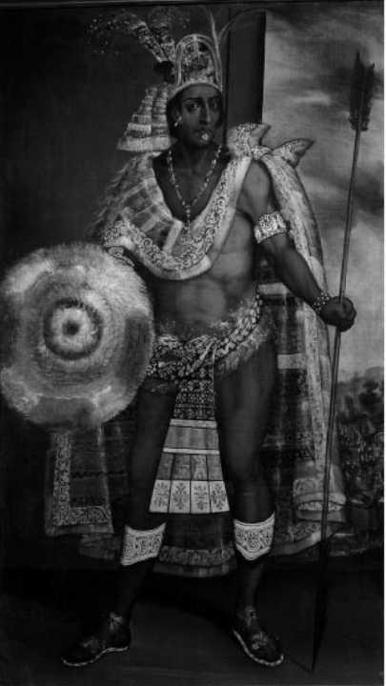
2 Antonio Rodriguez (attrib.), Portrait of Moctezuma (Motecuhzoma II) (c.1680-97). Although this portrait of the emperor was made in Mexico in the late seventeenth century, the artist based his representation on images to be found in sixteenth-century codices.

3 New Description of America' from Abraham Ortelius, Theatrum Orbis Terrarum. This map, from the 1592 edition of Ortelius's Atlas, published in Antwerp, shows the New World as it was known to Christopher Newport. Chesapeake Bay, shown on the map, was discovered in 1585 by a party of colonists from Roanoke Island led by Ralph Lane.
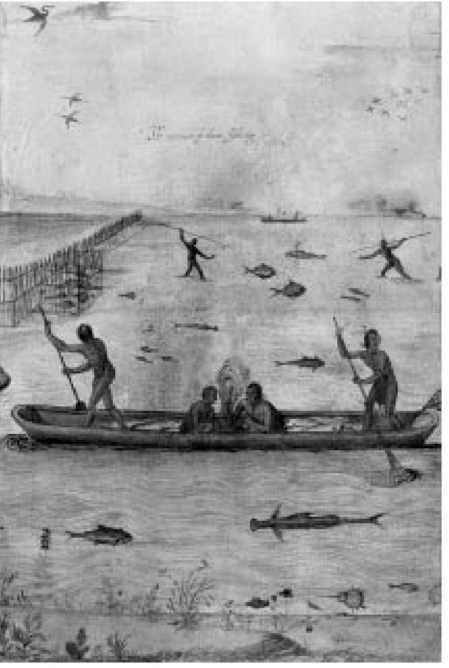
4 John White, Indians Fishing (watercolour, 1585?). John White was sent to Roanoke Island in 1585 by Sir Walter Raleigh to record the appearance of the people of Virginia. This watercolour is one of a number of vivid depictions of the life of Carolina Algonquians, which constitute the best visual record made by a European of any of the indigenous peoples of sixteenth-century America.
5 New England Natives Greeting Bartholomew Gosnold. Engraving from Theodor de Bry, America, book XIII (Frankfurt, 1628). Bartholomew Gosnold was captain of the Godspeed, one of the three ships on Christopher Newport's 1607 Jamestown voyage. Five years earlier he had made a reconnaissance of the coast of New England, which provides the setting for this idealized reconstruction of Algonquian Indians eager to trade with the newly arrived English, offering them strings of wampum, or beads made with shells, in return for knives. Once in Jamestown, Gosnold, like so many of his companions, succumbed to sickness and died within a few months of the colony's foundation.
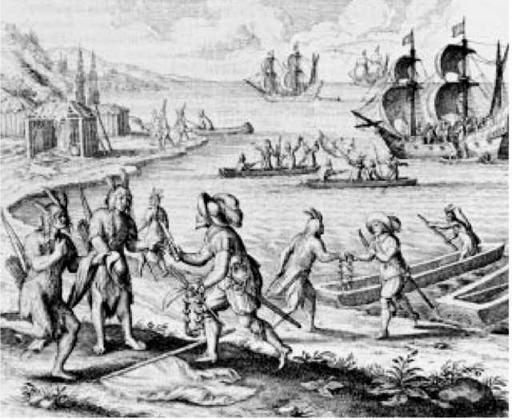
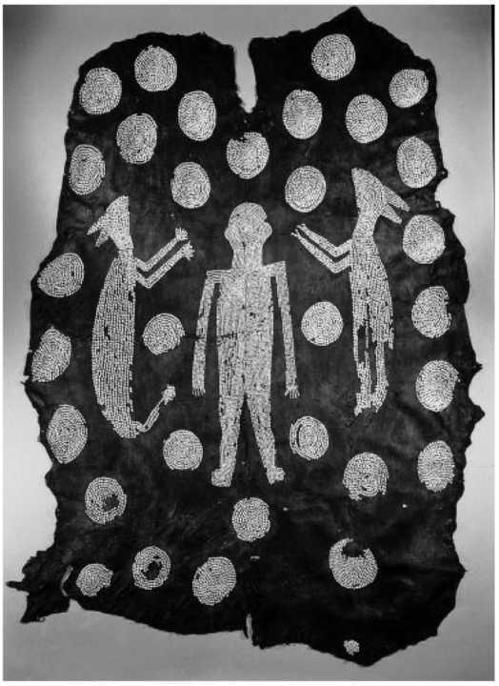
6 Powhatan's mantle. Deerskin with shell decoration. Although known as a mantle, this deerskin may be a representation of the tribes or villages over which Powhatan ruled. Now preserved in the Ashmolean Museum at Oxford, it is first recorded in 1638 as the robe of the King of Virginia'. Originally it formed part of the famous collection of antiquities and exotica, known as The Ark', made by John Tradescant, gardener to King Charles I.
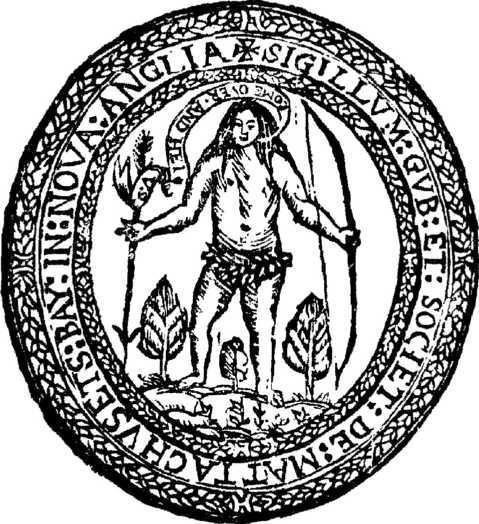
7 The Seal of the Massachusetts Bay Company. The seal emphasizes the commitment of the company to the conversion of the Indians. In the engraving, an Indian echoes the words spoken by 'a man of Macedonia' in a vision of St Paul: `Come over [into Macedonia], and help us.'
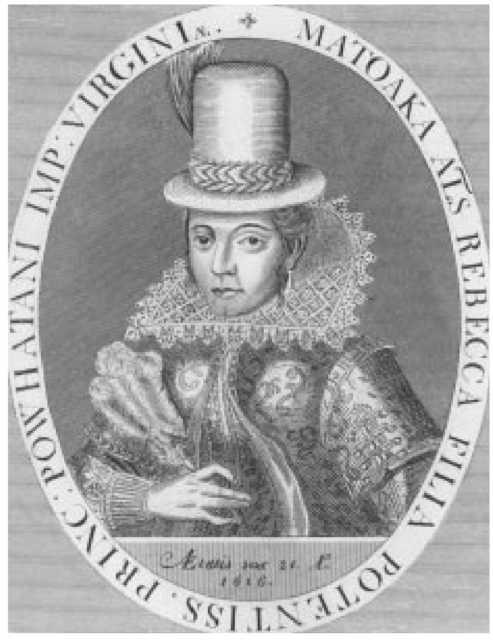
8 Simon van de Passe, Portrait of Pocahontas, engraving (1616). Following her famous encounter with Captain John Smith, Pocahontas, the daughter of Powhatan, was sent by her father on various occasions to the Jamestown settlement to act as an intermediary. Converted to Christianity and given the baptismal name of Rebecca, she was married in 1614 to John Rolfe and accompanied him to England with their infant son in 1616. Much feted in London, she fell ill and died in the following year while awaiting the departure of the ship that would take the family back to Virginia. Her marriage to one of the early settlers pointed to the path not taken in British America, where interethnic union was to remain relatively rare by comparison with the process of racial mingling in Spanish America.
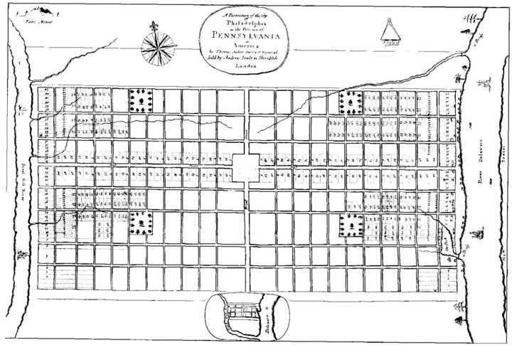
9 Thomas Holme, A Portraiture of the City of Philadelphia in the Province of Pennsylvania in America (London, 1683). As can be seen from this 1682 town plan of Philadelphia, the grid-iron pattern of urban design, extensively used in Spanish America, was adopted by William Penn for the capital of his new colony. Penn stipulated that the streets should be fifty to a hundred feet wide, and that the houses be placed in the middle of their lots, thus setting a pattern that would be widely followed in North America.
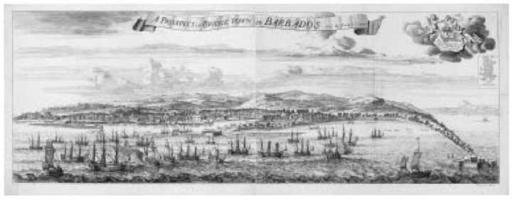
10 Samuel Copen, A Prospect of Bridge Town in Barbados, engraving (1695). This, the first large panoramic view of an English colonial settlement, depicts the thriving seaport of Bridgetown, which had been largely reconstructed after a hurricane in 1675. Warehouses for the storage of sugar line the waterfront.
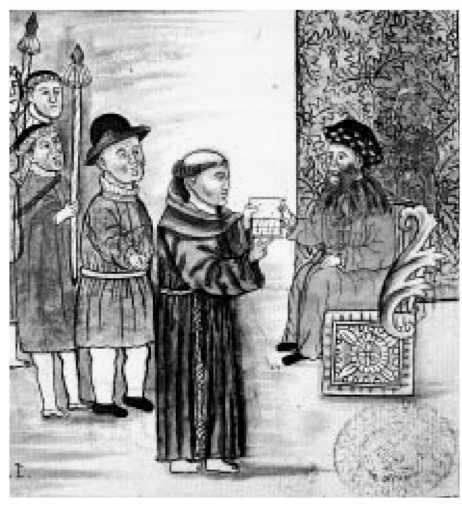
Other books
Edward by Marcus LaGrone
Lessons in Love by Sinclair, Victoria
Twice Dead by Catherine Coulter
Autumn Killing by Mons Kallentoft
The Billioniare's Bought Bride (Contemporary Romance) by Michele Dunaway
The Dom Prize (The Dominants by Moore, Mina J.
The Sheikh Bear by Ashley Hunter
Mind Magic by Eileen Wilks
Revenence: Dead of Winter: A Zombie Novel by Betts, M.E.
Move to Strike by Perri O'Shaughnessy
